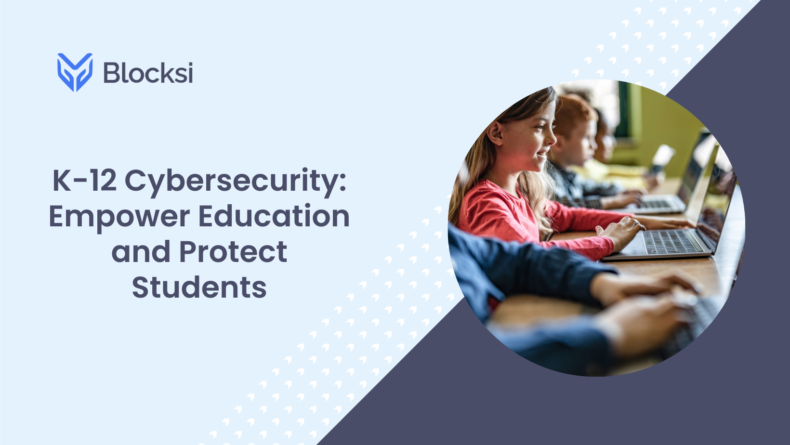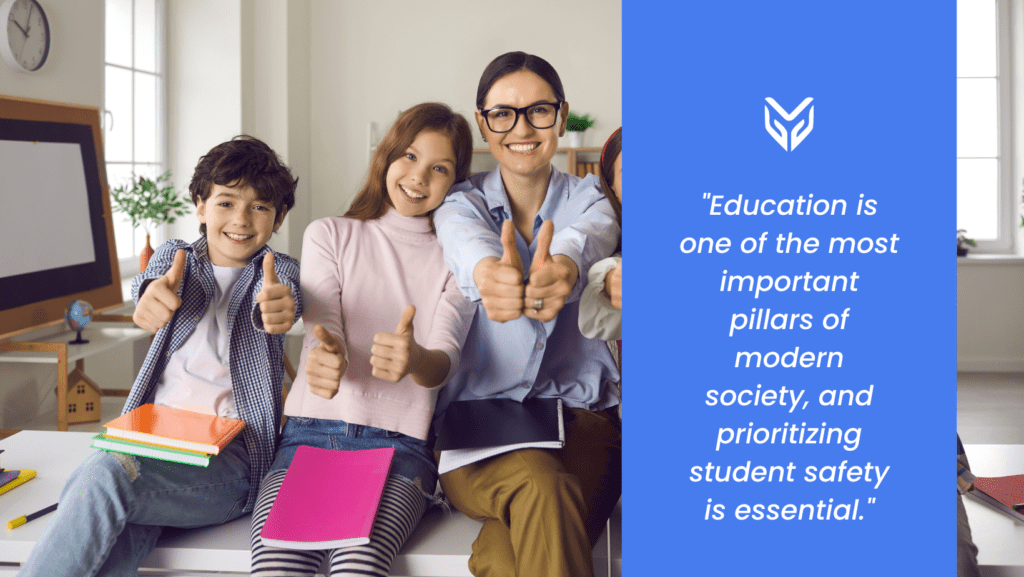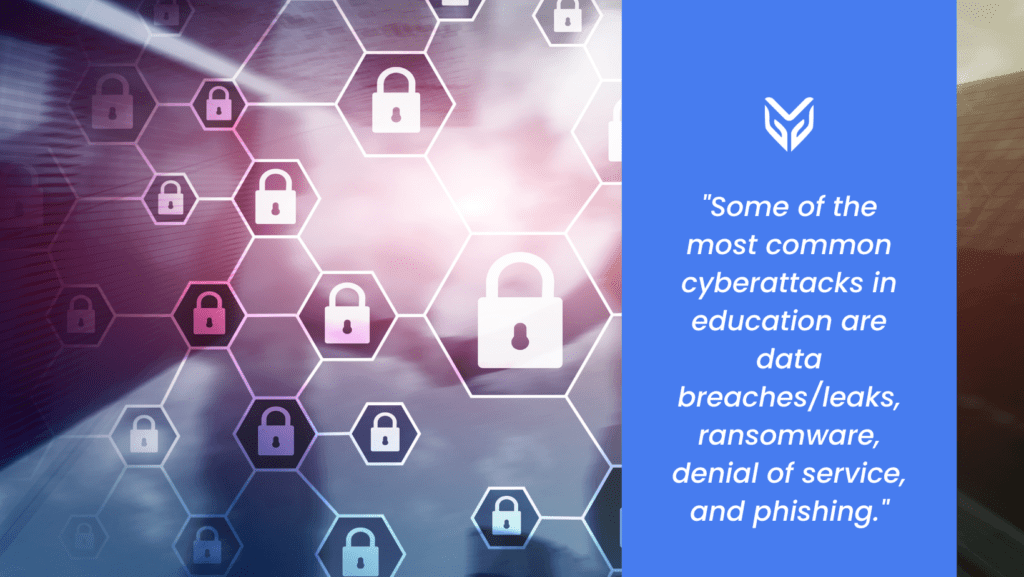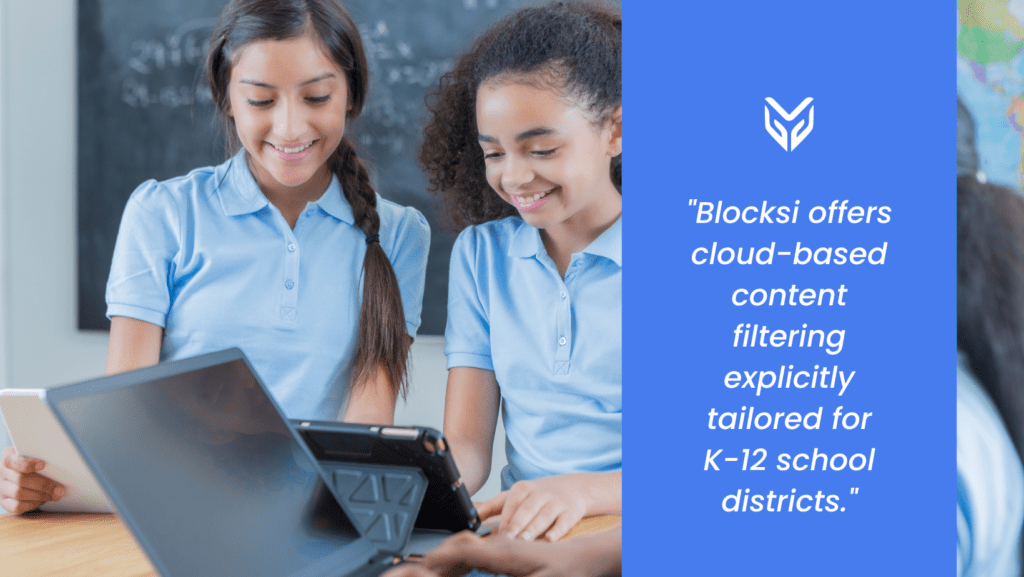NEWS
K-12 Cybersecurity: Empower Education and Protect Students

In today’s era of technology, students and educators increasingly incorporate digital tools in the classroom. Educational institutions now have greater access to devices and internet connectivity than ever before, and this Educational Technology (EdTech) integration holds tremendous potential. It can enhance students’ engagement with their studies and academic achievements and facilitate more effective teacher-student interactions. However, to fully capitalize on these advantages, it’s imperative that we proactively address associated risks – and ensure utmost K-12 cybersecurity.
Education is one of the most important pillars of modern society, and prioritizing student safety is essential. A big part of that in the digital era is preventing cyberattacks and tackling any data privacy and security risks brought by modern technology – ensuring K-12 cybersecurity. Just as we strive to ensure that our schools have secure, healthy, and conducive physical facilities for all students, it is now necessary to allocate resources toward establishing a digital infrastructure that is just as secure, available, durable, sustainable, and prepared for the future.

Cybersecurity Risks Affect Every School District, Regardless of Its Size
Stakeholders country-wide regard the significance of cybersecurity in schools and are uniting to acknowledge its importance and outline their forthcoming actions. But what are some of the more common K-12 cybersecurity risks, and what’s more – how do we tackle them effectively?
According to Intel, some of the most common cyberattacks in education are:
- Data breaches/leaks
- Ransomware
- Denial of service
- Phishing

And according to Stealth Labs, 87% of educational establishments have experienced at least one cyber attack.
Such worrying statistics imply that educational institutions require access to the most effective tools and up-to-date information to safeguard their networks and systems against all types of K-12 cybersecurity risks.
Ensure Your Content Filtering Is Effective Enough to Establish a Secure Educational Space for All
An effective way of establishing K-12 cybersecurity is by implementing highly effective content filtering. Blocksi offers cloud-based content filtering explicitly tailored for K-12 school districts. Unrelated to the school size, the multi-OS content filtering enables highly granular filtering, protecting students and school districts.

Our non-proxy filtering filters both the web and YouTube, filtering over 85 web and 32 YouTube categories in real-time. Besides the AI-powered system precisely scanning students’ online realm and features – like AI image blurring – it is all backed by 24/7/365 human reviewing, ensuring no false threat alerts are triggered and no harmful content remains unnoticed. Besides ensuring student online safety, one year of searchable data is available for comprehensive insights, long-term analysis, and reporting, allowing educators to personalize learning (and teaching) further.
We Share Our Top Priority – Reliable School Safety
Blocksi content filtering offers multiple dedicated dashboards, encouraging collaboration between stakeholders – allowing setting exceptions to set policies, etc. And the filtering does not have to stop when students leave the school grounds – it can be implemented both on- and off-school premises. Upgrading the effectiveness of content filtering, Blocksi also offers a device anti-theft system.
To learn more about the content filtering solution with K-12 threat detection currently protecting over 10 million students, reach out to us and find out more about ensuring top-notch K-12 cybersecurity.
SOURCES
[1] U.S. Department of Education Announces Key K-12 Cybersecurity Resilience Efforts
[3] Cybersecurity in Education
[4] Education and Research Institutions Fostering Safe and Secure Learning Environments





